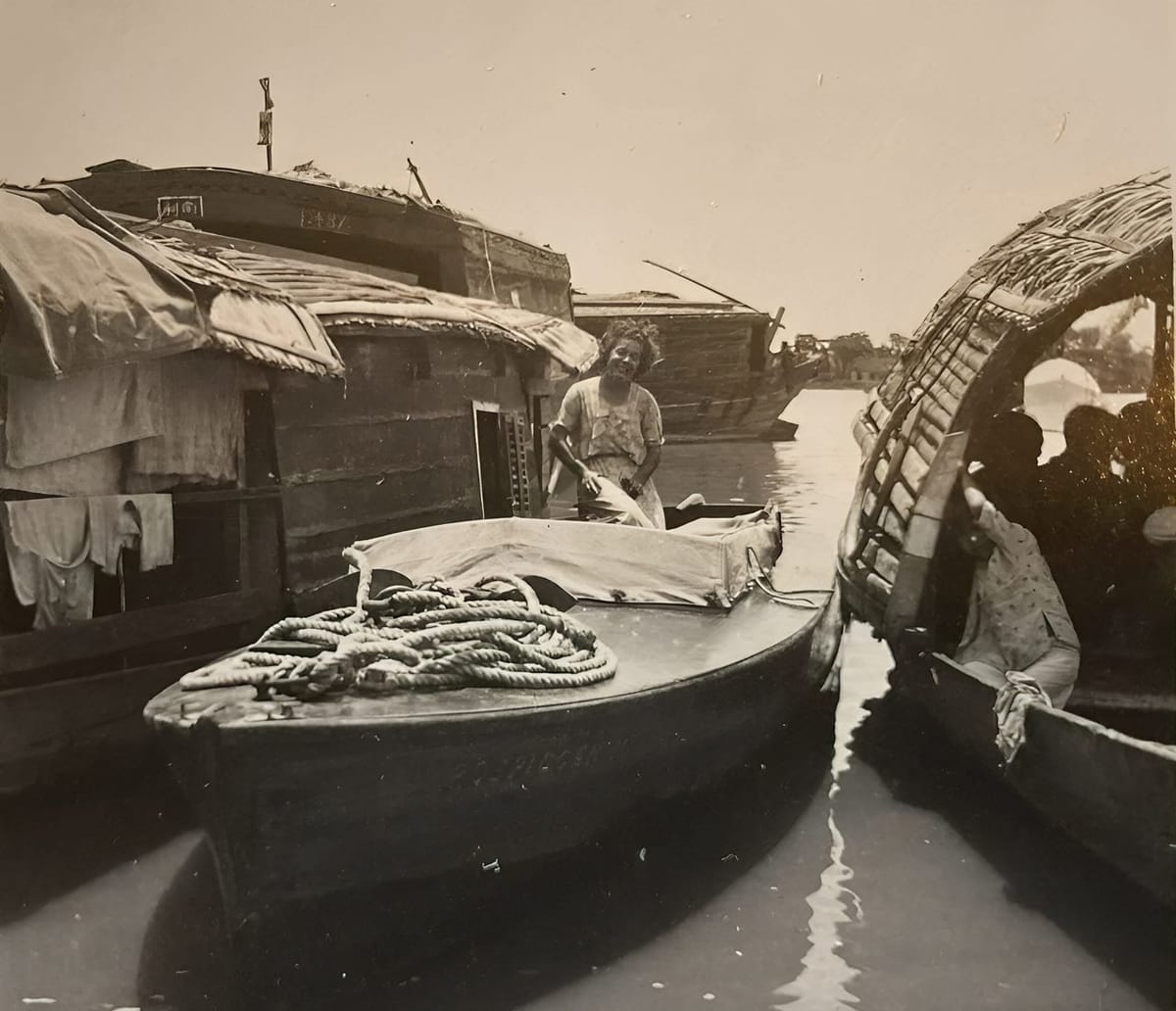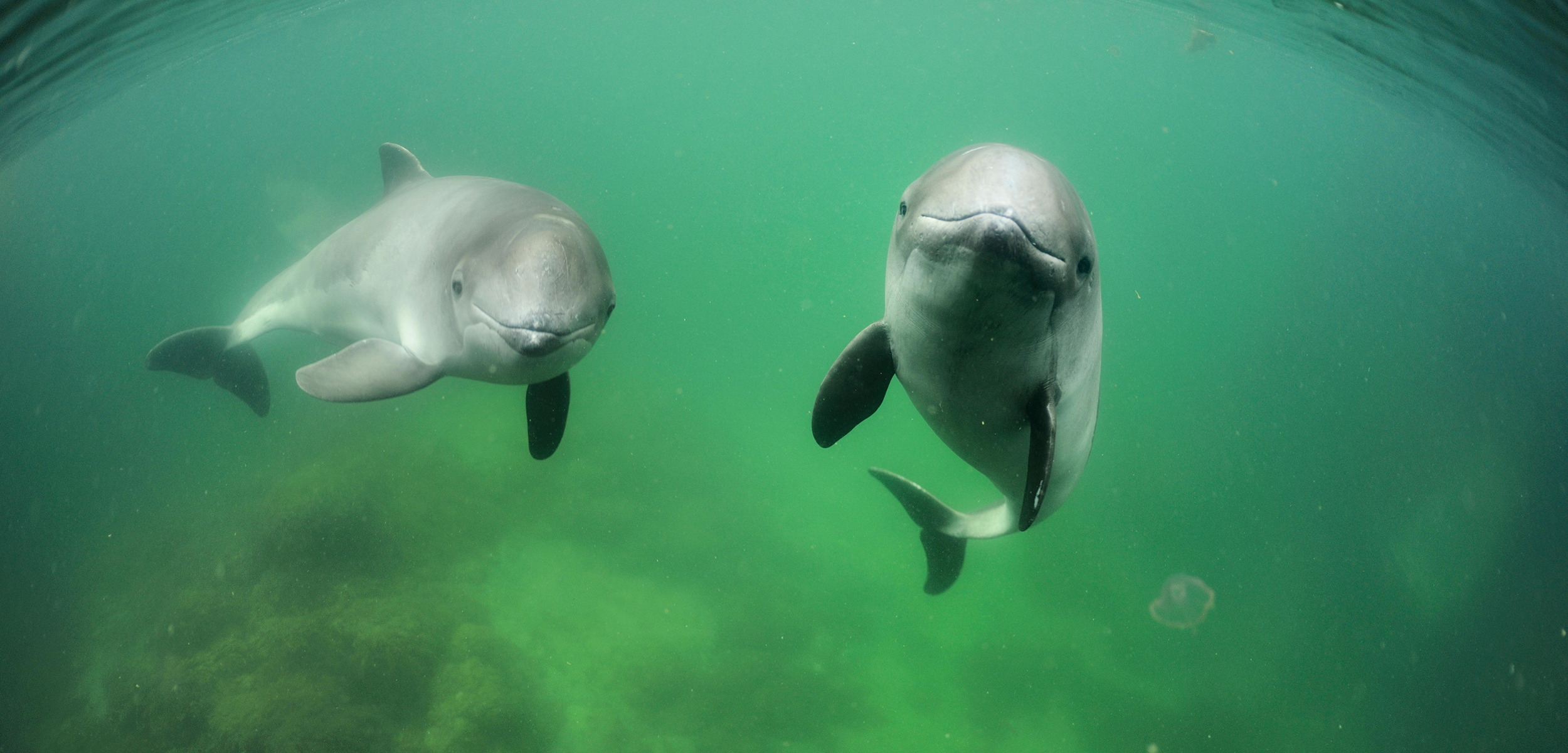In the 1930s she sailed around the world in a tiny wooden boat

From Atlas Obscura: "It was the spring of 1938, and a woman sailing on the Bay of Bengal was dreaming of snow. Maybe it was the burn blisters on her skin or the escape from the Indian Imperial Police that had made the adventurer Aina Cederblom sentimental. After two and a half years of sailing solo through Asia, she was ready to head home to Sweden—at least that was the 39-year-old’s plan. Fate had other ideas. During the early 20th century, Aina Cederblom kept popping up in unexpected corners of the world, from Greenland to India to the Philippines. By the 1930s, Cederblom and her solo sailing adventures were well-known throughout Europe. Newspapers reported about how she went missing in Greenland’s glacier-filled waters, hid from the police in Tibet, and was shot at in the Black Sea. Yet, the memory of her achievements has almost disappeared."
The longest bus route in the world used to run from London to Calcutta and took 50 days

From Vintages: "The bus service from London, England to Calcutta, India is considered to be the longest bus route in the world. The service, which was started in 1957, was routed to India via Belgium, Yugoslavia and West Pakistan – a route known as the Hippie Route. According to reports, it took about 50 days for the bus to reach Calcutta from London. The voyage was 32, 669 km long and was in service until 1976. The cost of the trip was £85 and this included food, travel and accommodation. The trip was equipped with reading facilities, separate sleeping bunks for everyone, and fan-operated heaters. There was a kitchen with all equipment and amenities. There was a forward observation lounge on the upper deck of the bus, and it took time to spend at major tourist destinations along the way, including the Taj Mahal on the banks of the Ganges. Shopping was also allowed in Tehran, Salzburg, Kabul, Istanbul and Vienna."
He was left for dead on Mount Everest, then he somehow came back to life

From The Guardian: "His terrifying ordeal began on 10 May 1996. As part of mountain guide Rob Hall's expedition, Beck Weathers had sunk around $65,000 into climbing Everest, the biggest and hardest challenge in his ambition of reaching the top of the highest peak on each of the seven continents. Then vicious winds and bone-numbing cold closed around the mountain while Weathers and his companions struggled down from the summit. Lost and exhausted, he apparently succumbed to hypothermia, his body lying exposed on the South Col at more than 26,000 feet. Over the next 24 hours, a mountain guide and then a doctor checked on his condition, and both pronounced Weathers, a Texan pathologist, beyond salvation. Nobody had ever woken from a hypothermic coma before, especially at high altitude. Then something amazing happened: he woke up.
Editor's note: If you like this newsletter, please share it with someone else. And if you really like it, perhaps you could subscribe, or contribute something via my Patreon. Thanks for being a reader!
How Charlie Chaplin influenced one of the most disturbing episodes of The X Files

From Mental Floss: "In a 1996 episode of The X-Files, Dana Scully and Fox Mulder as they investigate the murder of a baby in a small Pennsylvania town. Their search leads them to the Peacocks, a family of three deformed brothers who appear to live alone on a farm. Mulder and Scully discover that the brothers' quadruple amputee mother, who they keep under a bed, is responsible for giving birth to the murdered child. This disturbing episode was partially inspired by a surprising source: Charlie Chaplin’s autobiography, which described how he once boarded at a miner’s house in a small Welsh town. After dinner, his host led him into the kitchen, and from a kitchen cupboard—where he was evidently sleeping—out crawled a man with no legs who, at the miner’s encouragement, began performing a series of strange tricks and dances."
Mysterious holes in the ocean floor could have a very cute explanation

From Hakai magazine: "In the North Sea, nearly 100 meters underwater, the seafloor is littered with more than 40,000 shallow pits in the sand. The pockmarks, sometimes spanning more than 10 meters, come in a variety of sizes and odd shapes. When he first saw them, Jens Schneider von Deimling, a marine geophysicist, wondered whether they were evidence of methane seeping from the sediment. If a lot of methane were bubbling out of the North Sea, scientists would want to know about it. But the physical appearance of these seafloor marks weren’t like those seen at typical methane seeps. Schneider von Deimling was stumped. But his colleagues who study marine mammals offered what is now the scientists’ most likely explanation for the seafloor pits: hungry harbor porpoises. So far, it’s just an idea – no one has actually caught a harbor porpoise in the act."
Why Peter Pan had to use magic fairy dust in theater productions of the story

From Now I Know: "Peter Pan creator J.M. Barrie wrote a play first and then a novelization of the story, in which Peter comes to the house of Wendy Darling and her brothers, teaches them to fly, sprinkles them with fairy dust, and brings them to Neverland. But in the original version of the play, there was no fairy dust. After the play debuted in London in 1904, parents wrote to Barrie saying their children loved Peter so much that they would try to fly like him, leading to a number of accidents. Barrie later wrote: “After the first production, I had to add something to the play at the request of parents, about no one being able to fly until the fairy dust had been blown on him; so many children having gone home and tried it from their beds and needed surgical attention.”
Something very strange happens when aluminum is added to mercury
Mercury + Aluminumpic.twitter.com/3JsvwlFc0h
— Figen (@TheFigen_) March 27, 2024
Acknowledgements: I find a lot of these links myself, but I also get some from other newsletters that I rely on as "serendipity engines," such as The Morning News from Rosecrans Baldwin and Andrew Womack, Jodi Ettenberg's Curious About Everything, Dan Lewis's Now I Know, Robert Cottrell and Caroline Crampton's The Browser, Clive Thompson's Linkfest, Noah Brier and Colin Nagy's Why Is This Interesting, Maria Popova's The Marginalian, Sheehan Quirke AKA The Cultural Tutor, the Smithsonian magazine, and JSTOR Daily. If you come across something interesting that you think should be included here, please feel free to email me.



